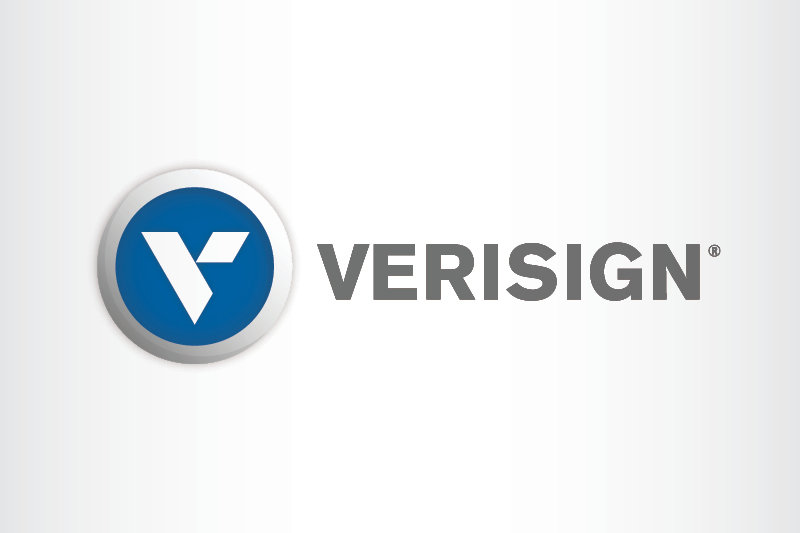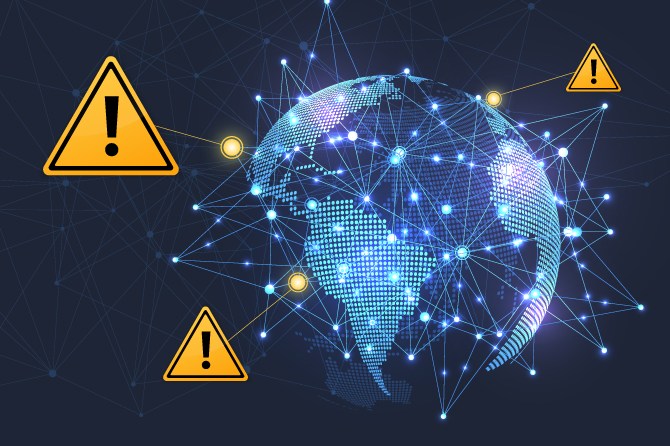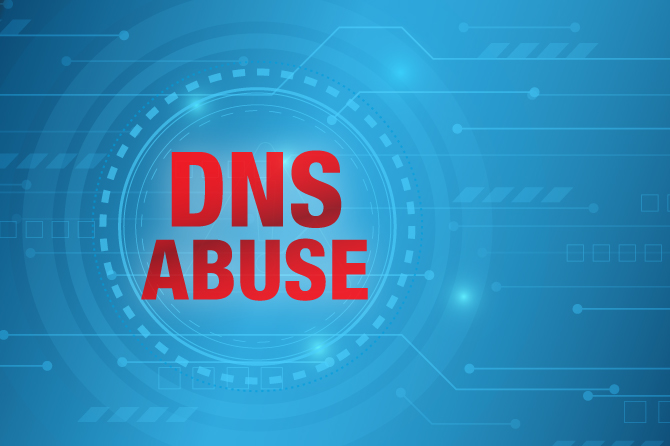For Murray Green, working for a company that is a steward of critical internet infrastructure is a mission that he can get behind. Green, a senior engineering manager at Verisign, is a U.S. Army veteran who served during Operation Desert Storm and sees stewardship as a lifelong mission. In both roles, he has stayed focused on the success of the mission and cultivating great teamwork.
Teamwork is something that Laura Street, a software engineer and U.S. Air Force veteran, came to appreciate through her military service. It was then that she learned to appreciate how people from different backgrounds can work together on missions by finding their commonalities.









